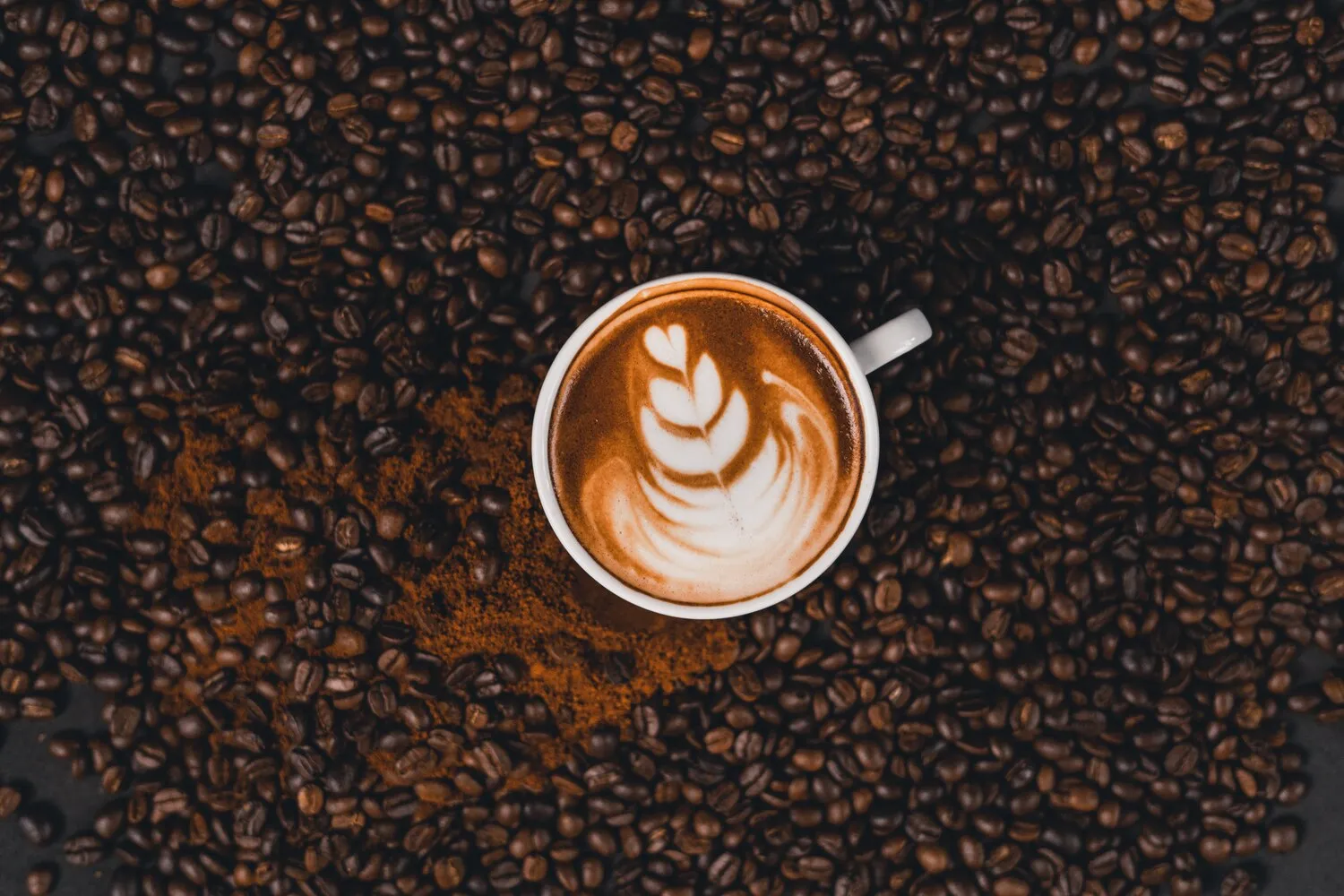
Coffee Variations
They also offer diverse types of coffee.
Nutrition Facts
* The % Daily Value (DV) tells you how much a nutrient in a serving of food contributes to a daily diet. 2,000 calories a day is used for general nutrition advice.
Coffee's journey from its origins in Ethiopia to global consumption has resulted in a multitude of brewing methods and flavor profiles adapted to local tastes and available ingredients. Different cultures have embraced and modified coffee preparation, leading to a vast array of unique coffee variations.
Coffee culture varies widely across the globe, with different rituals, social customs, and traditions surrounding the beverage.
Italian Espresso Culture
In Italy, espresso is a quick, daily ritual, often enjoyed standing at the bar with a small amount of sugar. Coffee is viewed as a strong, concentrated shot for energy.
Ethiopian Coffee Ceremony
The Ethiopian coffee ceremony is a deeply important social event, involving roasting green coffee beans, grinding them, and brewing the coffee in a traditional jebena (clay pot). Incense is burned, and coffee is served three times, with each brew having a different flavor profile.
Vietnamese Coffee Culture
Vietnamese coffee is often brewed using a phin filter, a small metal device that sits atop a cup. The coffee drips slowly through the filter and into a layer of sweetened condensed milk, resulting in a rich and sweet treat.
Turkish Coffee
Turkish coffee is finely ground coffee brewed in a cezve (small metal pot) with water and sugar. It is not filtered, and the grounds settle at the bottom of the cup. The thick, strong coffee is often enjoyed slowly and mindfully.
Coffee variations offer a diverse range of flavors, from the intense bitterness of espresso to the sweet creaminess of a latte.
Flavor profiles depend greatly on the type of coffee bean used (Arabica, Robusta, etc.), the roasting level (light, medium, dark), and the brewing method. Adding milk, sugar, spices, or liqueurs introduces additional layers of complexity. For example, the flavors of a cappuccino often include the bitterness of espresso balanced with the sweetness of steamed milk and frothed milk foam. Mochas include the added flavor of chocolate, and Vietnamese coffee benefits from the sweetness of condensed milk.
Bean Quality Matters
Start with high-quality coffee beans. Freshly roasted beans will always yield the best flavor.
Grind Size is Crucial
Use the correct grind size for your brewing method. Espresso requires a very fine grind, while French press uses a coarse grind.
Water Temperature
Use the correct water temperature. Ideally, water should be between 195-205°F (90-96°C). Too hot, and the coffee can taste bitter; too cold, and it will be under-extracted.
Experiment with Ratios
Experiment with coffee-to-water ratios to find your preferred strength. A good starting point is a 1:15 coffee-to-water ratio for drip coffee.
Milk Frothing Techniques
Practice your milk frothing technique to achieve the desired texture for lattes, cappuccinos, and other milk-based coffee drinks. Aim for microfoam – small, velvety bubbles.
Explore additional Beverage dishes and restaurants
Explore BeverageDiscover top dining spots and culinary experiences in Graz.
Explore GrazLearn more about the food culture, restaurant scene, and culinary heritage of Austria.
Explore Austria